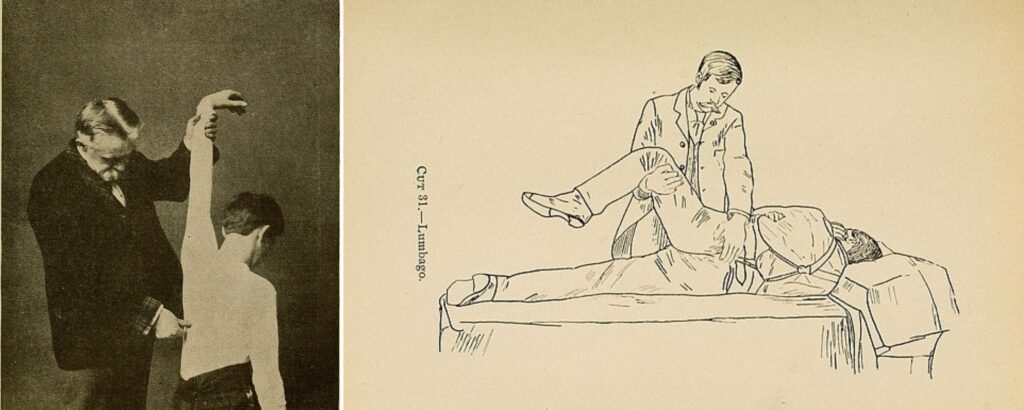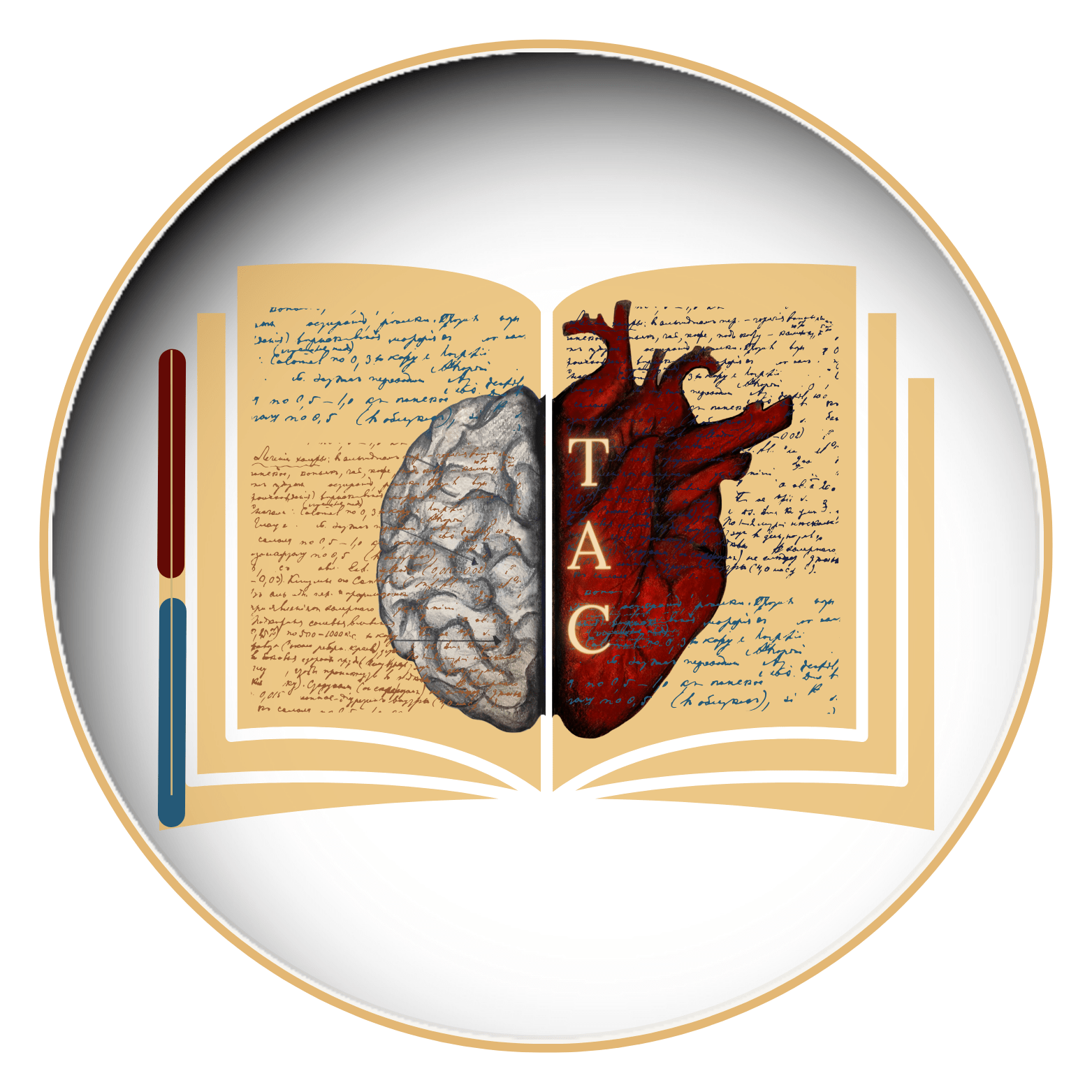

Balancing Act: Exploring the World of Osteopathy - Treatment, Perks, and Perils
In the constantly evolving field of healthcare, individuals often seek alternative therapies to address various health concerns. One such alternative practice that has gained prominence is osteopathy. In this blog post, we delve into the world of osteopathy, exploring its definition, treatment methods, potential benefits, and associated risks.
What is Osteopathy?
Osteopathy is a holistic healthcare approach that emphasizes the interconnectedness of the body’s structure and function. Developed in the late 19th century by Dr. Andrew Taylor Still, osteopathy posits that optimal health is achieved through the manipulation and manual adjustment of the musculoskeletal system. Practitioners, known as osteopaths, aim to enhance the body’s ability to heal itself by restoring balance and improving blood flow.
Osteopathy Treatment
Osteopathic treatment typically involves hands-on techniques such as joint mobilization, stretching, and massage to address musculoskeletal issues. Osteopaths may also offer lifestyle advice and exercises to support the overall well-being of their patients. The goal is to improve the function of muscles, joints, and tissues, aiming to alleviate pain and enhance the body’s natural healing processes.

Advantages of Osteopathy
- Holistic Approach: Osteopathy takes into account the whole person, considering how different body systems interact with each other.
- Pain Relief: Many individuals seek osteopathy for relief from musculoskeletal pain, including back, neck, and joint pain.
- Improves Range of Motion: Osteopathic techniques may enhance flexibility and increase the range of motion in joints, potentially improving mobility.
- Individualized Treatment: Osteopaths tailor their treatments to the unique needs and conditions of each patient.
Disadvantages of Osteopathy
- Lack of Scientific Evidence: While some studies support the efficacy of osteopathy, the overall scientific evidence is limited, and more research is needed to validate its effectiveness for certain conditions.
- Safety Concerns: Osteopathic manipulations, especially when performed by inexperienced practitioners, may carry risks such as muscle soreness, bruising, or, in rare cases, injury.
- Not Suitable for All Conditions: Osteopathy may not be appropriate for certain medical conditions, and individuals with severe health issues should consult with their primary healthcare provider before seeking osteopathic treatment.

Dangers of Osteopathy
- Risk of Injury: Aggressive or improper osteopathic manipulations can lead to injuries, especially if performed by practitioners lacking proper training and experience.
- Misdiagnosis: Osteopaths may not have the same diagnostic capabilities as medical doctors, potentially leading to misdiagnosis of underlying health issues.
Conclusion
Osteopathy, with its emphasis on holistic healing and manual manipulation, offers an alternative perspective in the field of healthcare. While it has shown promise in addressing certain musculoskeletal issues, potential risks and limitations should be considered. Individuals contemplating osteopathic treatment should engage in open communication with their healthcare providers and carefully weigh the advantages and disadvantages before embarking on this alternative therapeutic journey. As with any healthcare decision, informed choices are essential for achieving optimal well-being.

TAC Desk
- Medicine
- Nutrition And Diet
Lorem ipsum dolor sit amet, consectetur adipiscing elit. Ut elit tellus, luctus nec ullamcorper mattis, pulvinar dapibus leo.












